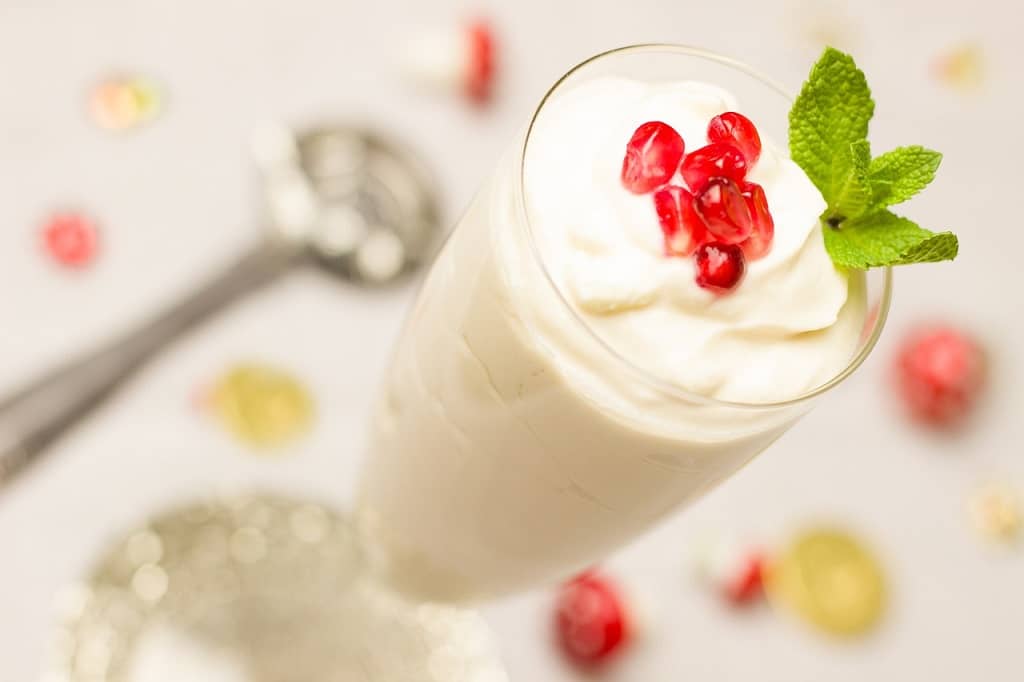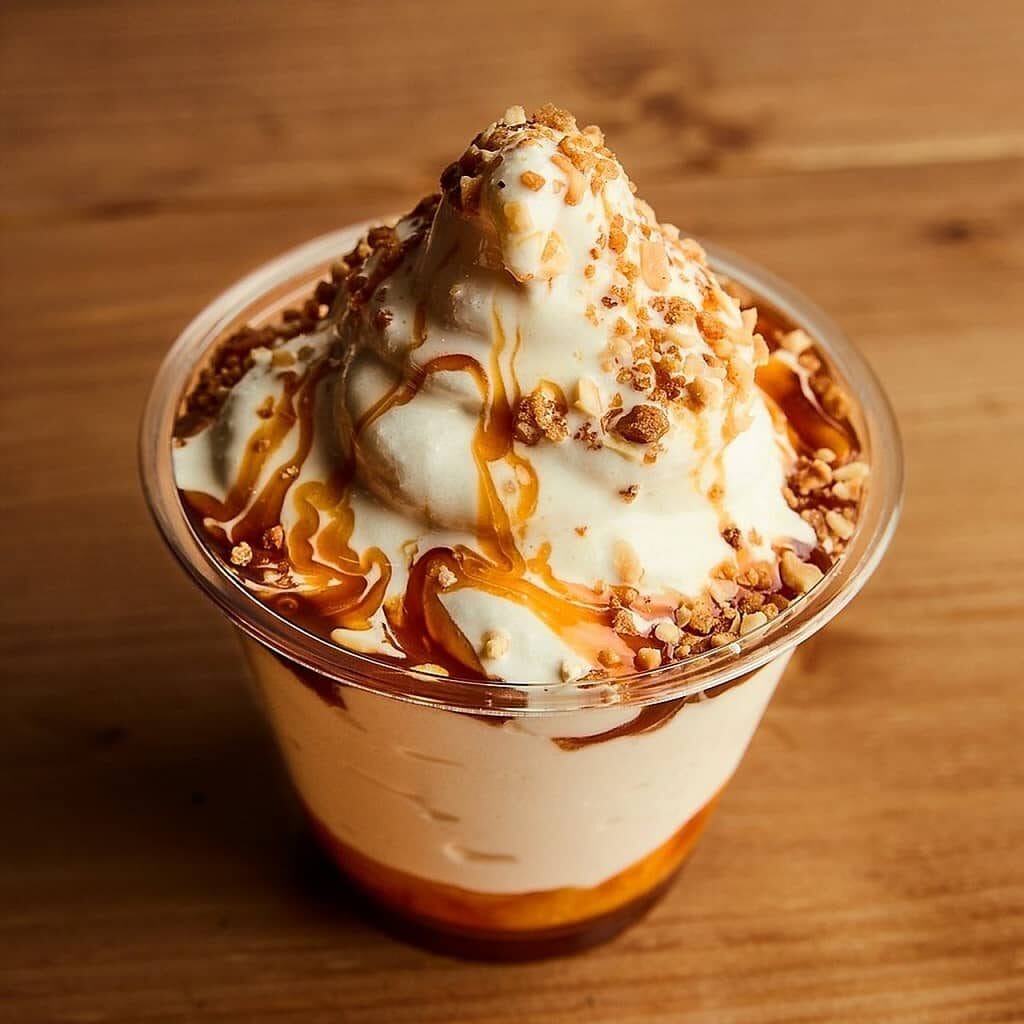Everything You Need to Know About Frozen Yogurt is an interesting look at this creamy, sour treat.
Frozen yogurt’s smooth texture and refreshing taste have won over health-conscious dessert fans.
Frozen Yogurt is a popular dessert. As a healthier alternative to ice cream, frozen yogurt has grown in popularity.
Explore frozen yogurt’s amazing flavors and the science behind its attraction.

History of Frozen Yogurt
Frozen yogurt has been around since the 1970s, but it wasn’t until the 1980s that it became popular in the United States.
The first frozen yogurt shop in the US opened in Boston in 1977, and soon after, frozen yogurt shops began popping up all over the country.
Originally, frozen yogurt was made with only a few basic ingredients, including yogurt, sugar, and flavorings.
However, as the popularity of frozen yogurt grew, so did the variety of flavors and toppings available.
What is Frozen Yogurt?
Frozen yogurt is a dessert made from yogurt, milk, and sugar that is frozen and then churned to create a creamy, smooth texture.

Unlike ice cream, which is made with cream, frozen yogurt is made with yogurt, which gives it a tangy flavor and a lower fat content.
Frozen yogurt can be made with either regular or Greek yogurt, and it can be flavored with a variety of fruits, nuts, and other ingredients.
Nutritional Benefits of Frozen Yogurt
Frozen yogurt is often touted as a healthier alternative to ice cream because it has a lower fat content and contains live and active cultures, which can aid in digestion.
However, not all frozen yogurt is created equal, and some varieties can be high in sugar and calories.
When choosing frozen yogurt, it is important to read the label and look for options that are low in sugar and high in protein.
Additionally, toppings can add a significant amount of calories and sugar, so it is important to choose toppings wisely.
Popular Flavors of Frozen Yogurt
Frozen yogurt comes in a variety of flavors, from classic vanilla and chocolate to more adventurous flavors like strawberry cheesecake and red velvet cake.
Some popular toppings for frozen yogurt include fresh fruit, granola, chocolate chips, and candy pieces.
Many frozen yogurt shops also offer a self-serve option, allowing customers to create their own flavor combinations and choose their own toppings.
How to Make Frozen Yogurt at Home
Making frozen yogurt at home is relatively easy and requires only a few ingredients. To make frozen yogurt, you will need
- 2 cups of plain Greek yogurt
- 1/2 cup of milk
- 1/2 cup of sugar
- 1 teaspoon of vanilla extract 2 cups of fresh or frozen fruit
To make the frozen yogurt, simply mix together the yogurt, milk, sugar, and vanilla extract until well combined.
Add the fruit and mix again. Pour the mixture into a blender and blend until smooth. Pour the mixture into an ice cream maker and churn according to the manufacturer’s instructions.
Freeze the frozen yogurt for several hours or overnight before serving.
Does freezing yogurt ruin it?
No, freezing yogurt doesn’t necessarily ruin it, but it can change the texture and taste of the yogurt.
When yogurt is frozen, the water in the yogurt forms ice crystals, which can cause the yogurt to become grainy or watery when thawed.
The texture of the yogurt may also become more gelatinous or lumpy after freezing and thawing.
If you do choose to freeze yogurt, it’s best to use it in recipes rather than eating it plain, as the texture may not be as enjoyable. You can also try blending the frozen yogurt to create a smoother texture.
Is frozen yogurt the same as ice cream?
No, frozen yogurt and ice cream are not the same, although they are both frozen desserts.
Frozen yogurt is made from yogurt that has been sweetened and then frozen. It usually has a tangier taste than ice cream due to the yogurt base.

Frozen yogurt is also typically lower in fat and calories than ice cream, making it a popular alternative for those looking for a healthier dessert option.
Ice cream, on the other hand, is made from a mixture of milk, cream, and sugar, and is churned as it freezes to create a creamy texture.
Ice cream is generally richer and creamier than frozen yogurt due to its higher fat content.

